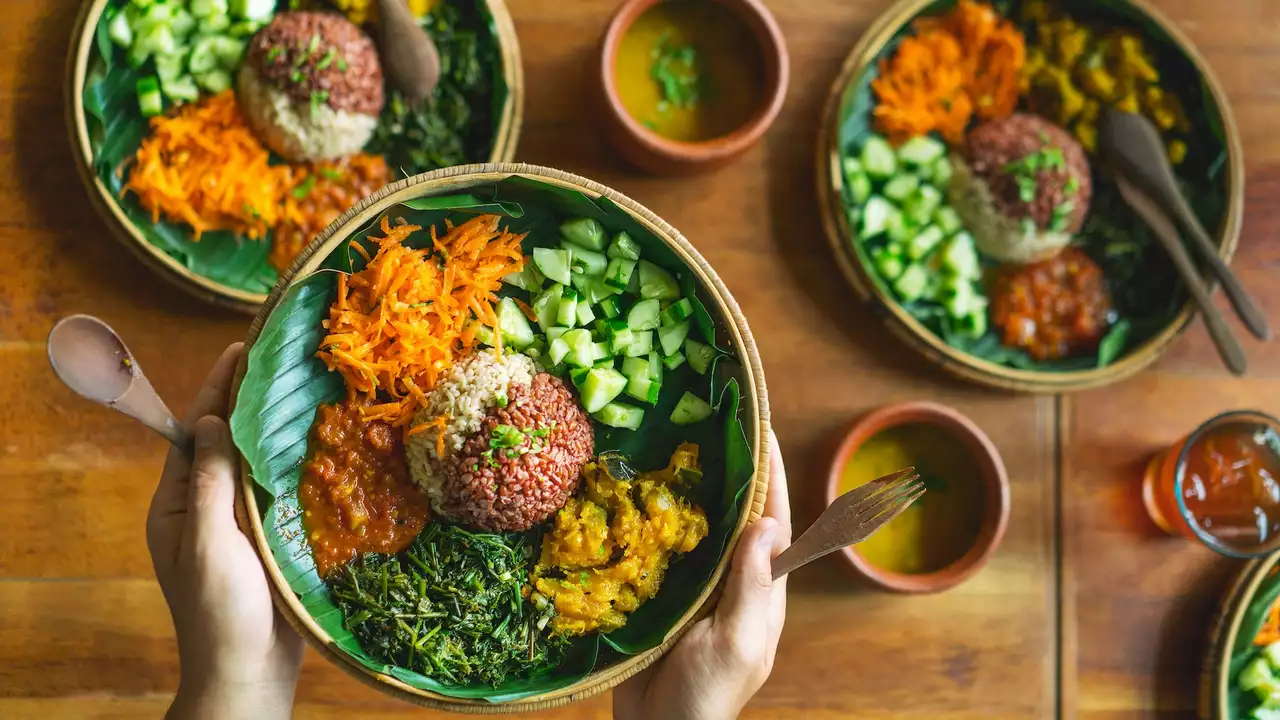Cultural Cuisine: Dive Into Udupi’s Flavors and Traditions
If you’ve ever wondered why a simple bowl of rice can feel like a celebration, you’re in the right place. Udupi’s cultural cuisine turns everyday ingredients into stories that stretch across generations. Let’s break down what makes these dishes special and how you can taste them at home.
What Makes Udupi Cuisine Unique
First off, the spice mix. Unlike the fiery blends you see in northern India, Udupi relies on milder, aromatic spices like cumin, coriander, and a pinch of asafoetida. The result is a clean, balanced flavor that lets each ingredient shine. Fresh coconut is another star—grated, ground, or turned into oil, it adds a silky texture without overwhelming the palate.
Second, the cooking technique. Most dishes are steamed, sautéed, or slow‑cooked in a clay pot. This preserves nutrients and keeps the taste authentic. The famous “Udupi cuisine” rule says no onion or garlic in traditional temple food, which forces chefs to get creative with herbs and spices.
Signature Dishes You Should Try
Masala Dosa – A thin, crisp pancake filled with spiced mashed potatoes. The batter is fermented overnight, giving it a light tang. Serve it with coconut chutney and sambar for the full experience.
Udupi Sambar – A lentil stew packed with vegetables, tamarind, and that magic spice mix. It’s the go‑to side for rice, dosa, or idli. The secret? Roast the spices first; it brings out a deeper flavor.
Kesari Bath – A sweet semolina pudding flavored with saffron, cardamom, and ghee. It’s often paired with the savory Khara Bath for a sweet‑and‑savory combo that locals love for breakfast.
Want a quick snack? Try Moong Dal Vada. These deep‑fried lentil patties are crunchy outside, soft inside, and perfect with a drizzle of chutney.
Each dish reflects a part of Udupi’s history—whether it’s a temple offering or a fisherman’s lunch. Knowing the backstory makes the taste even richer.
Now that you have a menu, let’s talk tools. A good non‑stick pan, a sturdy mortar‑pestle, and a tight‑fitting lid are all you need. If you can get a small earthen pot, try cooking sambar in it; the earthy flavor is unbeatable.
When you cook, keep the fire medium‑low. Udupi dishes thrive on slow, steady heat. Rushing the process often leads to burnt spices and a bitter aftertaste.
Finally, don’t forget to serve with love. Traditionally, meals are eaten on a banana leaf, which adds a subtle aroma and a touch of sustainability. If you don’t have a leaf, a clean plate works fine—just keep the presentation simple.
Ready to bring Udupi’s cultural cuisine into your kitchen? Pick one dish, gather the basics, and follow the tips above. You’ll taste a piece of Kerala’s coastal heritage right at your table.

How often do you eat Indian food?
Indian food and I share a delicious love affair that's almost as spicy as my wife's sense of humor! We rendezvous about once a week, with every bite a symphony of flavors that makes my taste buds dance the Bhangra. However, my belly might argue it's a touch too often, especially after a particularly fiery Vindaloo! But hey, who can resist the siren call of aromatic curry, fluffy naan, and delectable samosas? So, it's safe to say, Indian food and I, we're in a committed relationship, with a bit of a bloated belly as a souvenir.